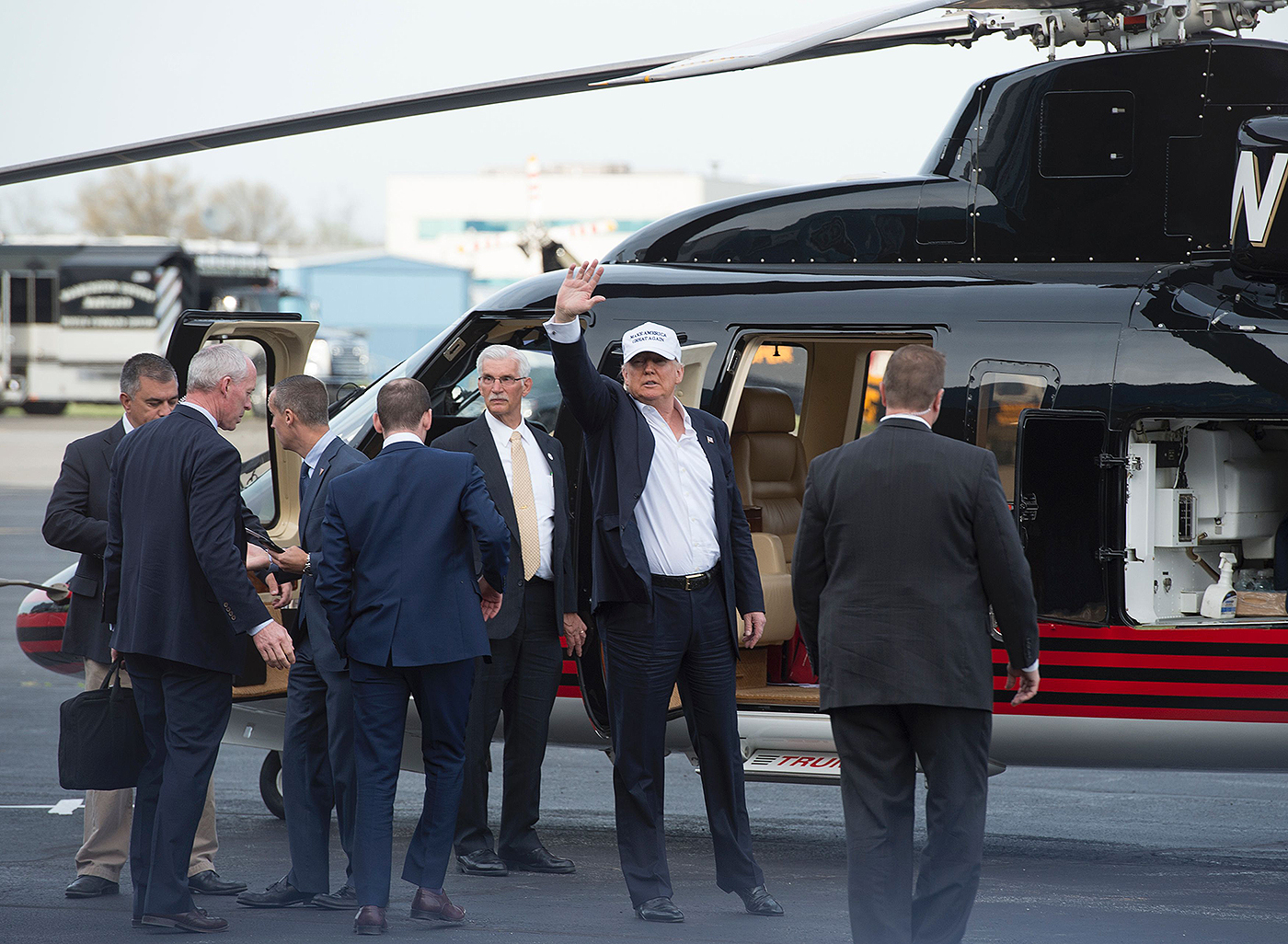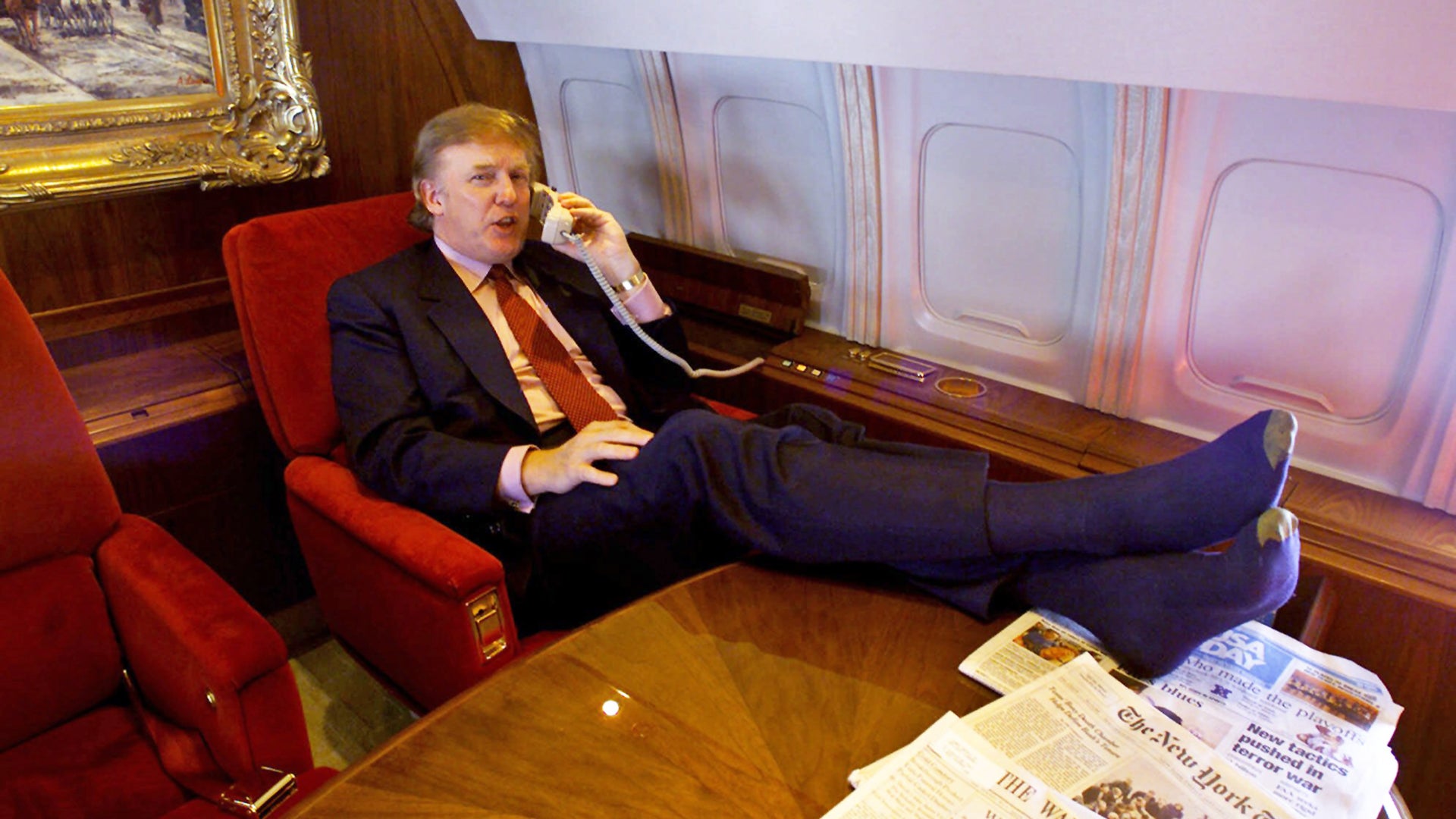President Elect Trump’s Twitter feed seems driven more by a random topic generator than an actual human being. Today the subject was the Air Force One replacement program, and the costs related to it. It’s apparent that Twitter is so attractive to Trump because its 140 character format is ideal for conveying simple and hard-hitting thoughts—fine, unless you are trying to tackle very complex defense procurements programs. Then again, when you looking deeper into the matter it becomes clear that not only can Trump’s quip be traced back to a place he does know something about, but there is a serious strategy behind the picking this particular defense program to malign. Here’s the tweet in question:
The outburst dominated the news cycle for the entire day and sent Boeing stock tumbling. The criticism of Boeing over costs surrounding the new Air Force One initiative may have been slightly inaccurate and undeserving, but considering the critic it was also totally predictable.
A Flashy But Geriatric Personal Air Force
First, Trump does actually know about owning and operating large aircraft. At one time he owned an airline. That didn’t end well. Since then he’s continued to own a small fleet of personal aerial chariots. For decades the centerpiece of that fleet has been “Trump Force One”—second-hand Boeing airliners converted into lavish flying mansions.
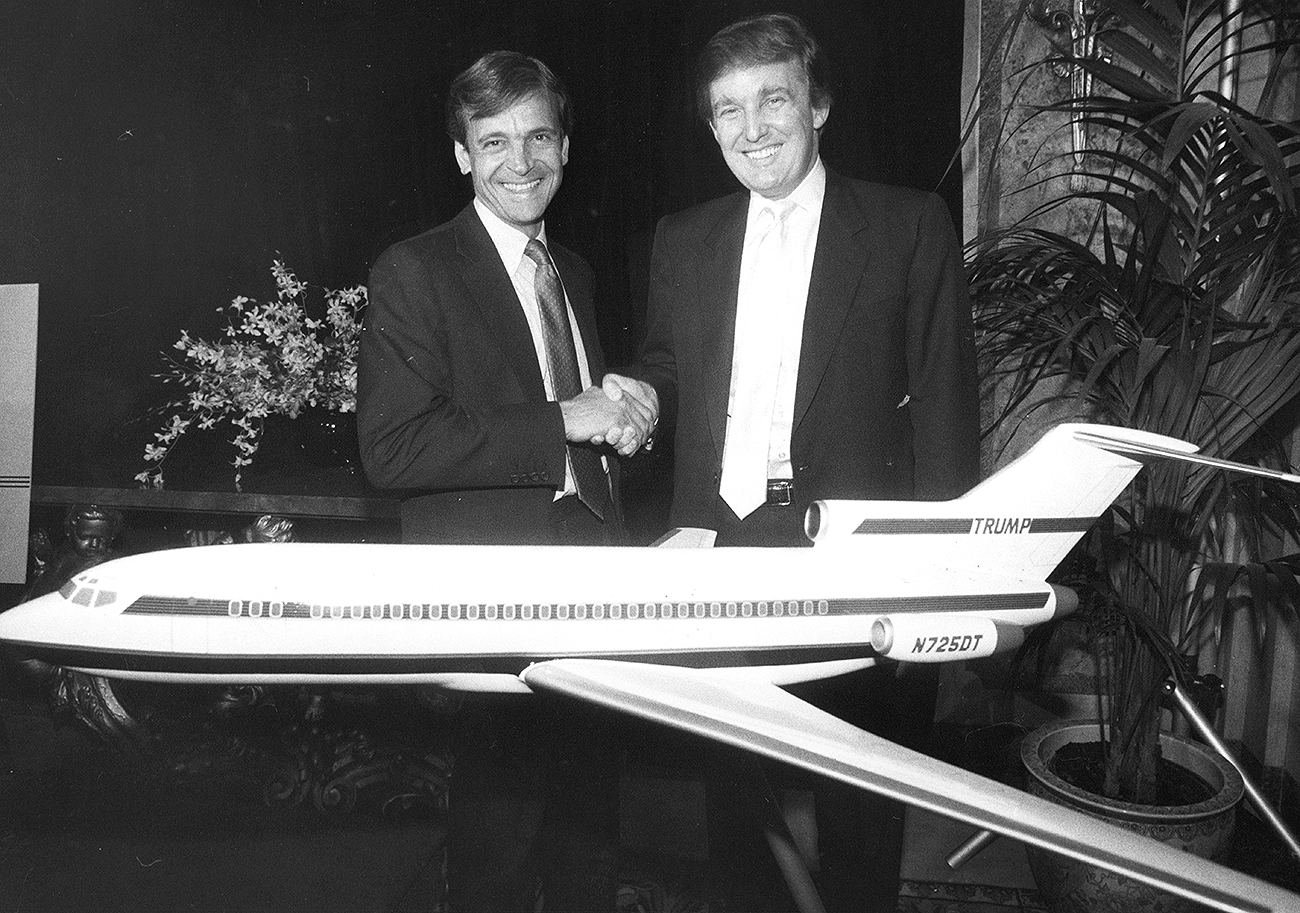
Trump’s garishly appointed 727-200 became an iconic staple associated with the self-proclaimed king of all dealmakers, reaching prominence within America’s pop culture lexicon while acting as a backdrop and set piece for The Apprentice reality TV show in the mid 2000s. When Donald acquired the jet for his personal use in 1997 it was already 29 years old—nearly the same age as the two VC-25As serving as Air Force One today.

The 727 started its life in 1968, flying for American Airlines, and was passed around successively smaller airlines, even flying with Trump’s defunct airline operation for a short period of time. By the time he put his branded 727 up for sale in 2009 it was 41 years old with over 42,000 flight hours and nearly 30,000 landings in its logs.
With enormous operating costs—including the need to keep high-time components running, a massive thirst for gas (even with upgraded engines), and the requirement for a flight engineer in addition to two pilots, not to mention being noisy as hell which limits the airports it can visit and at what time—meant that few buyers existed for such an aircraft. In the end the 727 likely sold for just a few million dollars, about the same as the cheapest new Cessna Citation jet, and a far cry from the sticker price of a new, but smaller, $55 million Gulfstream G550—all the rage among billionaires at the time.
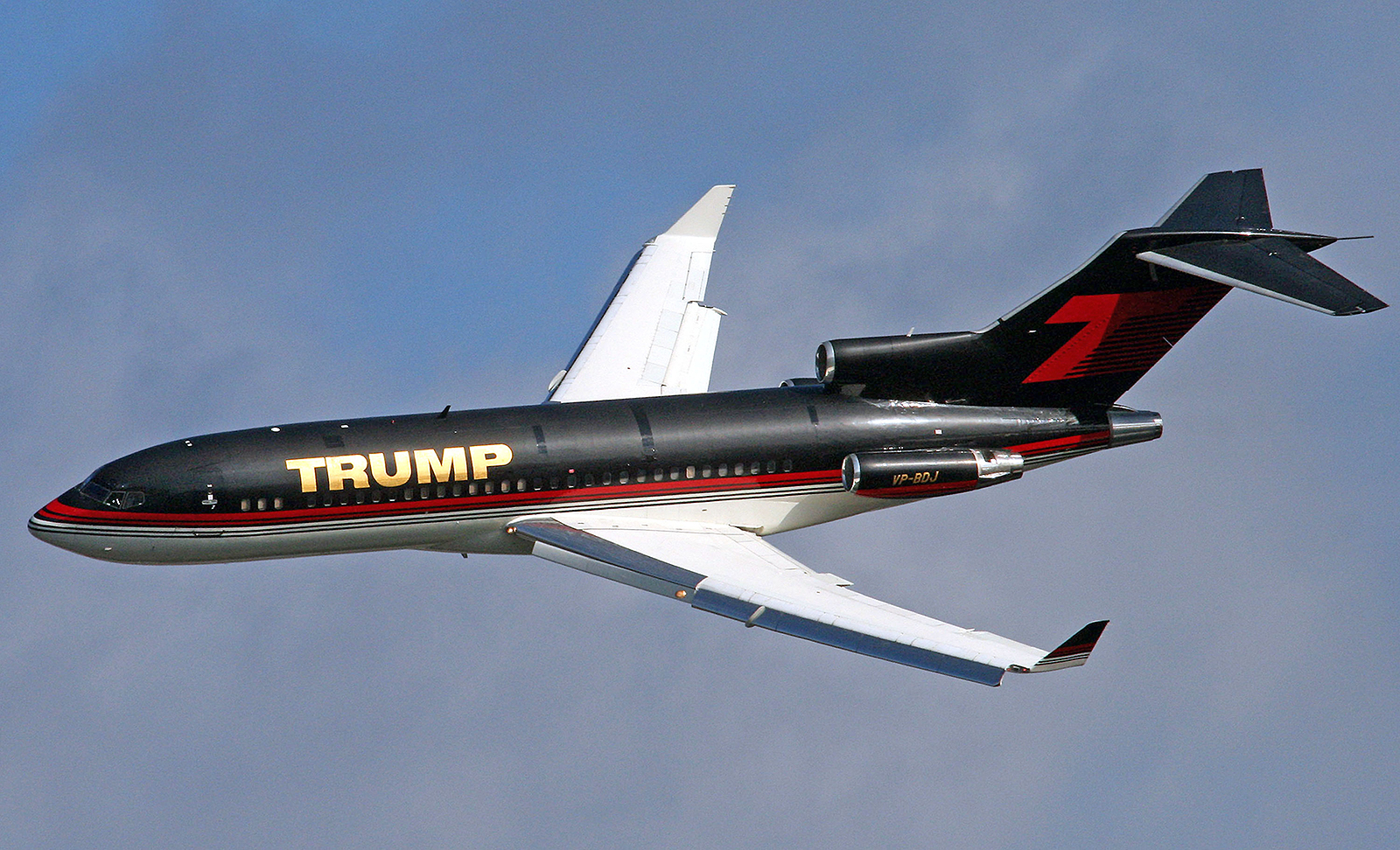
Replacing the 727 in Trump’s air force was yet another used airplane, this one just 20-years-old when it entered service as the premier Trump transporter. The Boeing 757 was one of two matching jets that belonged to billionaire Paul Allen before he switched over to flying a Bombardier Global Express and starting using a charter aircraft for his sports teams. Trump overhauled the jet’s interior and made technical upgrades following the transfer of ownership. Although its interior is often referred to in the same gaudy language as its predecessor, the 757 is tastefully appointed by comparison.
This is an awesome, current and surprisingly little known documentary showing what it takes to keep Trump’s 757 in the air and how the jet is operated, a must watch:

The more fuel miserly and modern 757 would become a set piece for a reality show—just like its predecessor—but this one would have much higher-stakes.
Trump’s 757, embellished with the same red, black and gold paint scheme as his 727, became the literal backdrop of his bid to become the next President of the United States. Flybys over sports stadiums and dramatic pull-ups to hangars packed with supporters would become the norm during the campaign. Not only did the plane work as a mobile billboard for one of the best self-promoters in modern history, but it also allowed Trump to execute the campaign his way, moving around the country in luxury, then back to his gold-leaf encrusted New York residence in Trump tower at night.
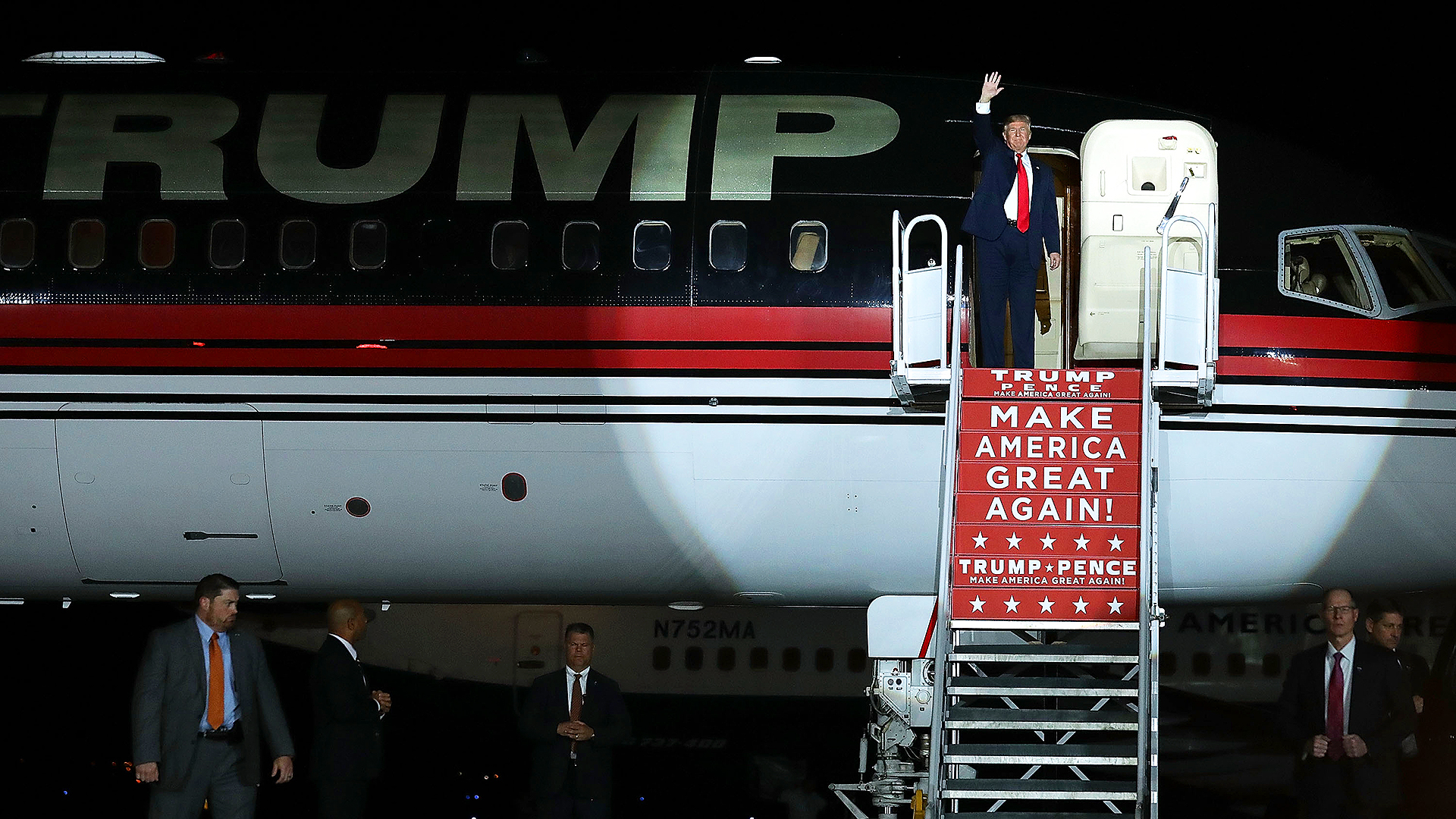
The aging 757 kept up quite well with the absurd demands of the year-and-a-half-long campaign, and is functioning now as the President Elect’s flying White House in waiting.
The Donald’s affinity for squeezing the most out of aging aircraft doesn’t just end with his personal airliner, he also has a 1997 Citation X. The aircraft is one of the first built as the type entered service just a year before it was completed—but Trump only acquired it 2012. Still, at ‘just” 19 years old, it is youngest aircraft in Trump’s fleet.
A new Citation X can run upwards of $30 million, but ones predating the turn of the millennium can sell for less than a tenth that price. Trump’s more pedestrian Citation even made news earlier in the year when it was discovered that the aircraft may have been flying without an updated registration.
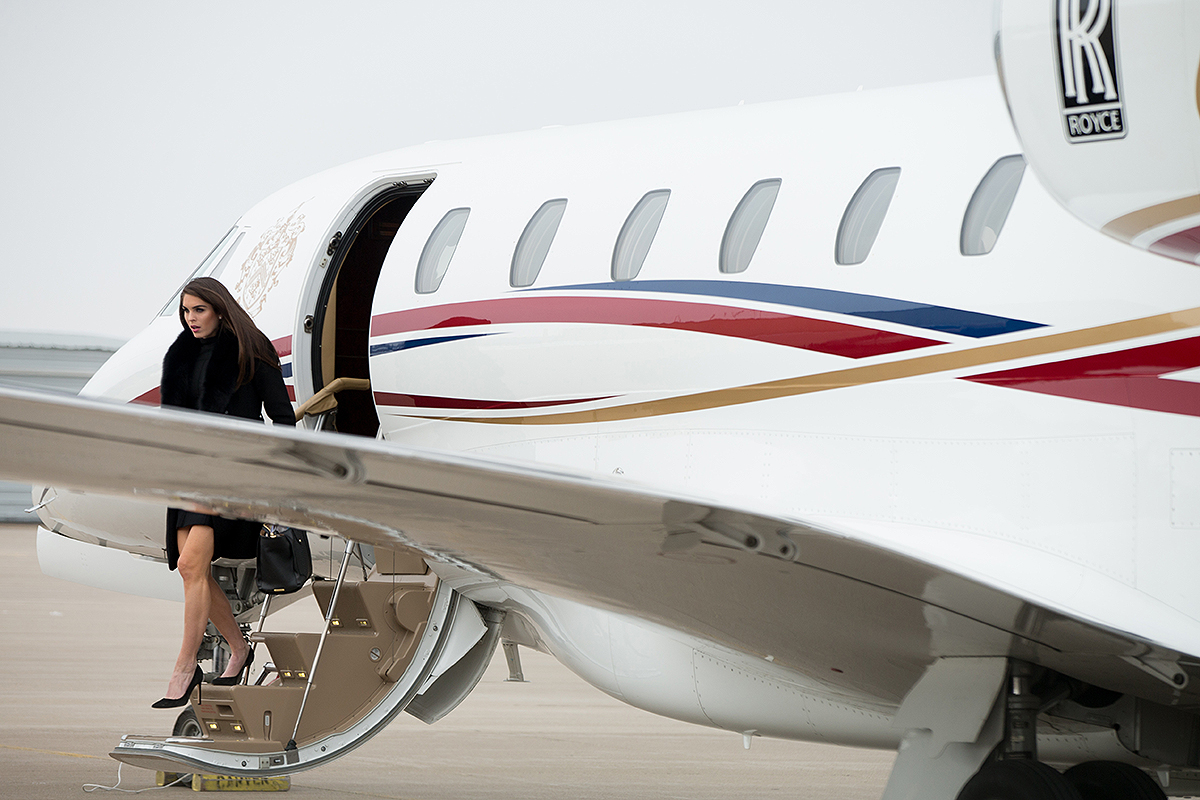
Donald also has his beloved Sikorsky S-76 helicopters, three in total (N76DT, N7TE, G-TRMP), which allow him to make point-to-point trips around the Northeast, the Southeast and in the UK. N76DT also starred heavily in The Apprentice, but more recently one of these helicopters was used to give kids rides at the Iowa State Fair during the campaign. The helicopters were built in 1989 and 1990. Before that he flew around on a Super Puma and his shuttle airline had handful of S-61s and even Chinooks.
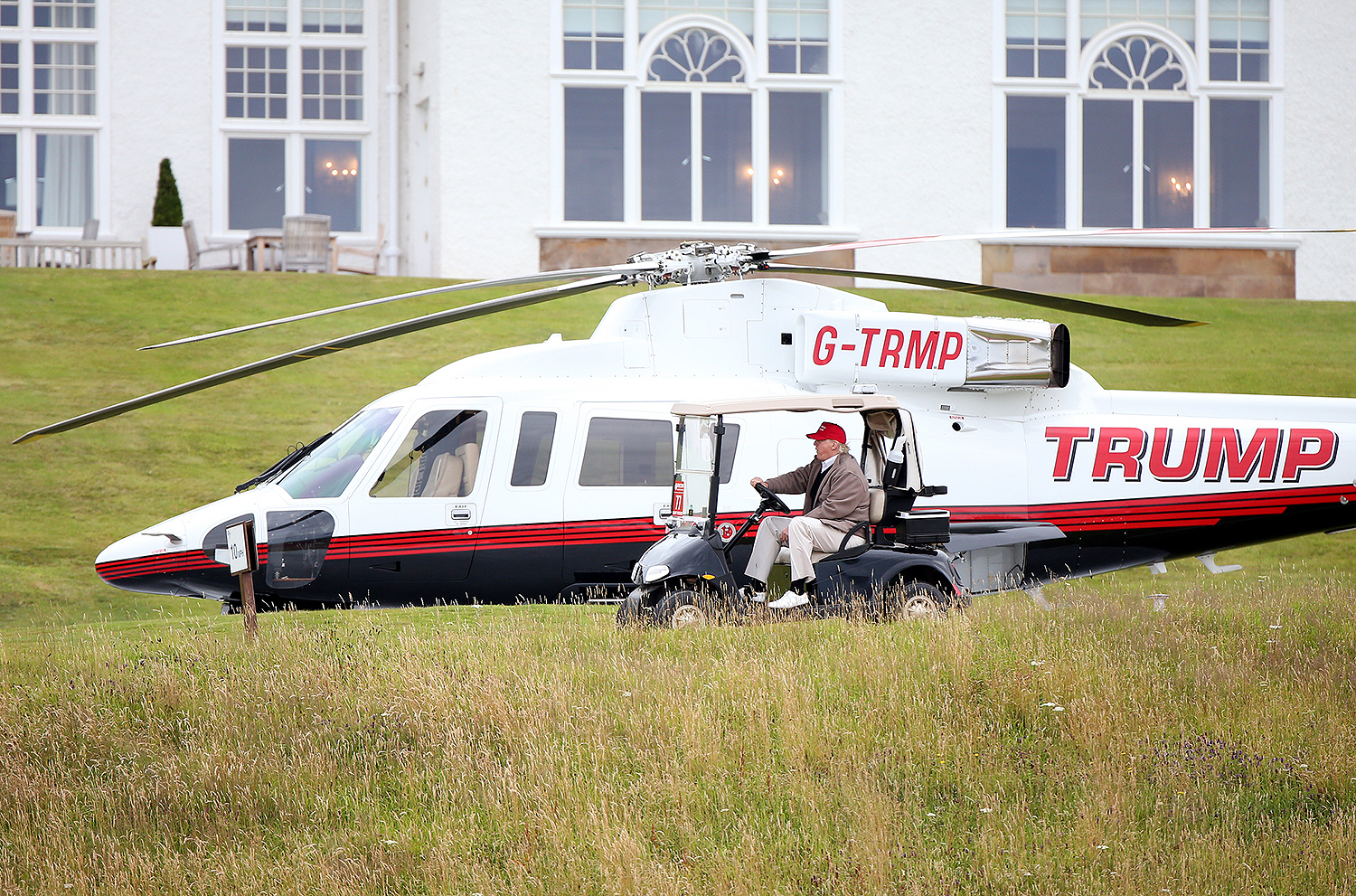
Why Donald buys these older airframes is pretty clear, he sees value in size over efficiency, whether that be a fleet size or the physical size of the aircraft. In terms of wealth: it takes far more up-front capital to purchase new aircraft than it does to buy old ones, and you can get a lot bigger jet for the money if you are willing to buy one that is well broken in. And that dynamic is supersized when it comes to old fuel-guzzling airliners turned VIP aircraft as few people want to be burdened with the cost of operating such a machine.
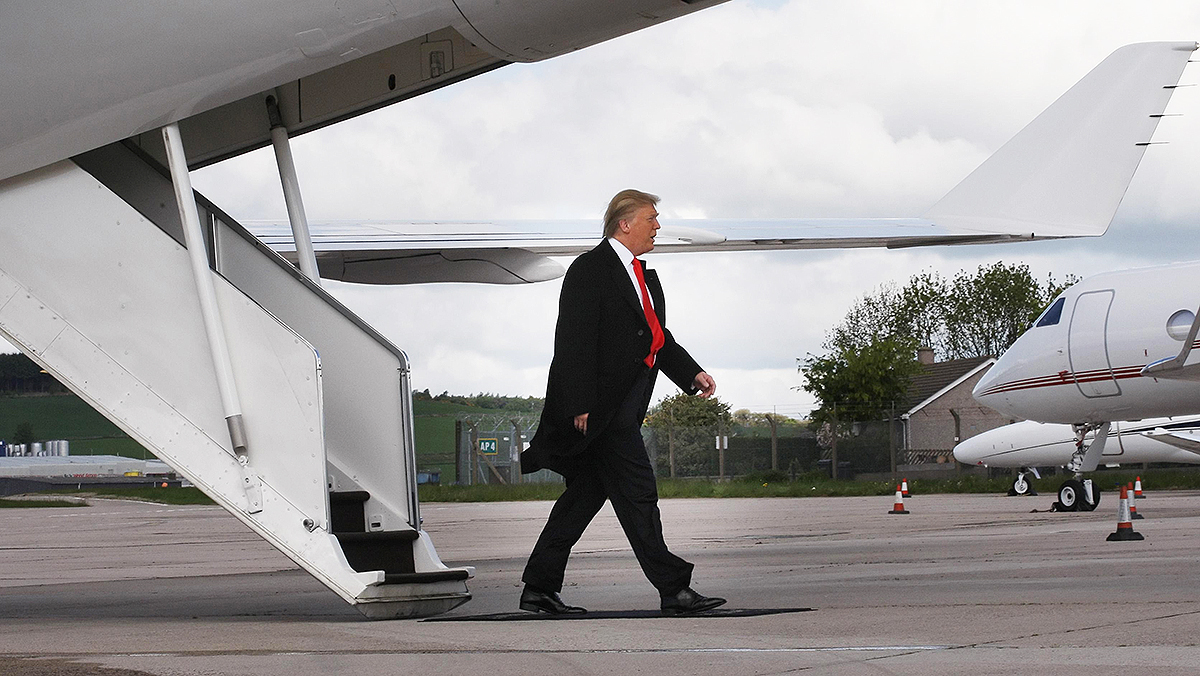
But for a guy whose persona is supposedly full of “yuge” and “beautiful” things, to the regular joe it sure looks like a personal 727 is so much ritzier than a brand new personal Gulfstream. And a quick google will show you enormous prices of the aircraft he owns— but those are for new models—not ones flying well into their third decade of service.
Regardless of his motivations, a very clear truth emerges—Donald does know about operating and owning large aircraft, especially aging ones. That doesn’t mean that his conclusions about Air Force One are correct, or even that he has a handle on the issues surrounding the Air Force One recapitalization program, but considering that he has paid out of pocket for supporting and fueling aging aircraft, he knows more than the media is giving him credit for.
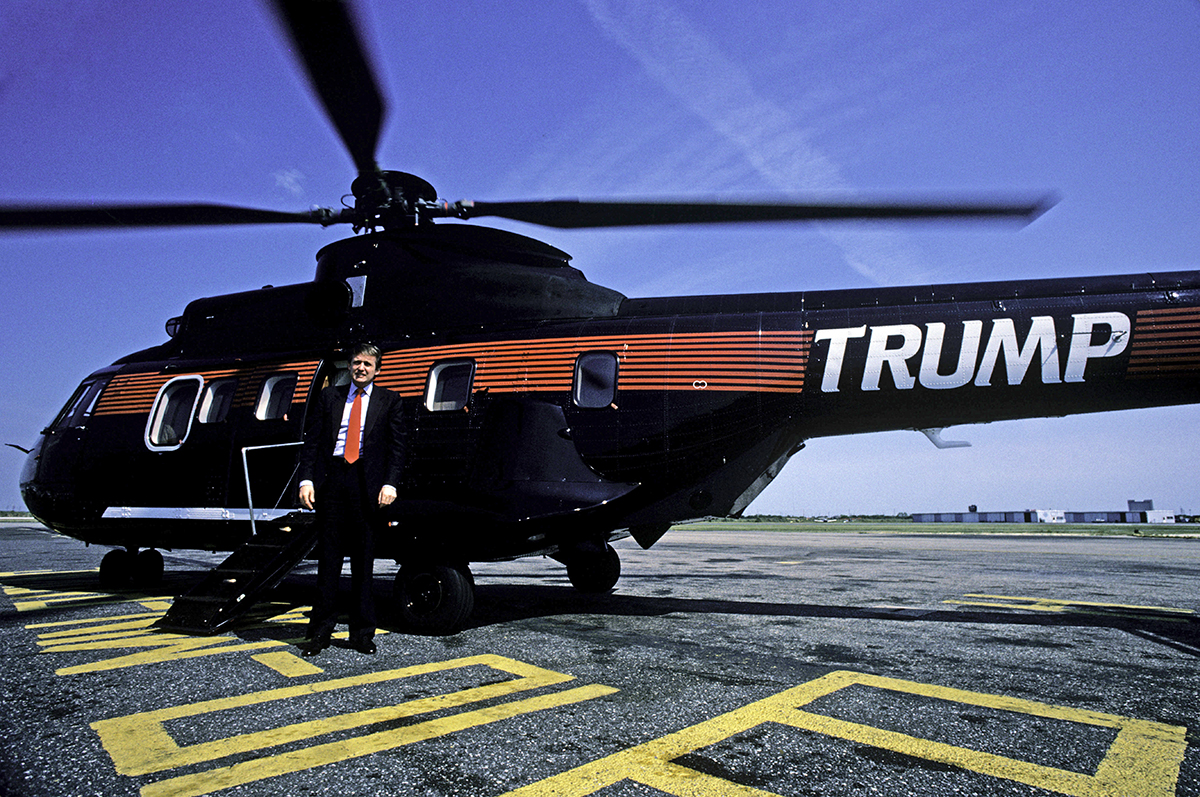
A New Air Force One
Trump seems to balk at the cost of replacing the two VC-25As—aircraft that are approaching 30 years of service—which Trump says is around $4 billion.That figure seems to be a fairly accurate estimate, though his number is on the higher end of the estimate spectrum. A single 747-8i—which these new Presidential airlift aircraft will be based on—costs around $365 million from Boeing. But we’re not talking about the average crying baby hauler here.
Pressed into Air Force service, these new aircraft will require a massive amount of systems integration work to be able to handle the job of Air Force One. This includes adapting them to host the most advanced flying communications suite there is, and making them hardened against the electromagnetic pulses given off by exploding nuclear weapons. It will also include building in and testing aerial refueling capabilities, lots of power generation, and integrating a self defense suite made up of the most complex constellation of missile countermeasures found on any aircraft in the world. Not just that, but the aircraft will also be subject to an avalanche of specific requirements, many from emanating from disparate agencies, which will all have to be folded into a single design that will only be replicated two or three times. Finally, the design has to take future expansion and upgradability into account at every turn—an expensive task upfront aimed at saving money down the road.
In other words, this is tough and expensive work that has America’s national security relying on it. If Air Force One cannot act as a reliable flying command center, even during a nuclear exchange, the credibility of America’s nuclear deterrent erodes.
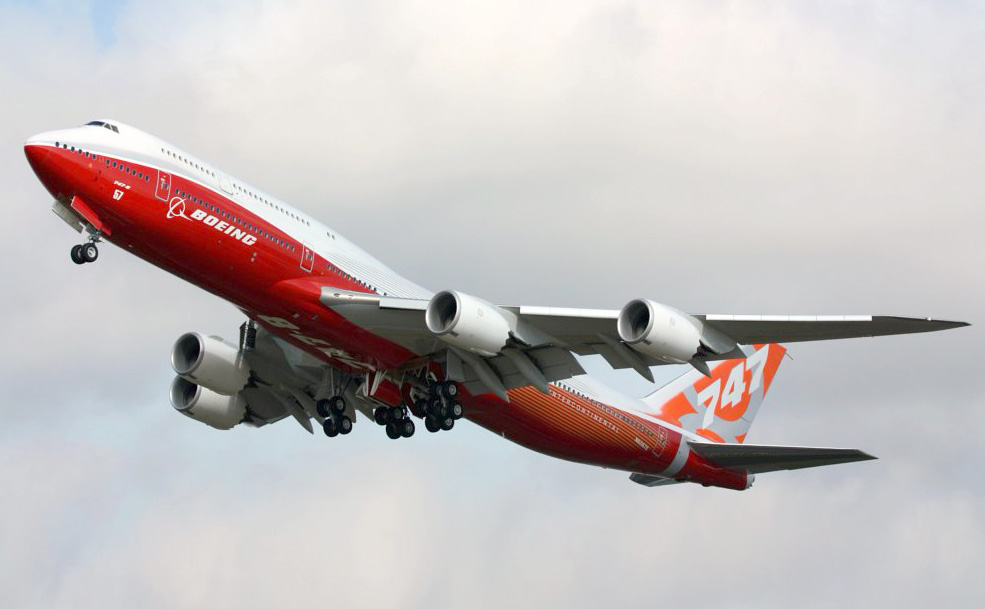
But there’s no question requirement creep for this type of program can quickly get out of control. Case in point: The VH-71 Kestrel program that aimed to replace current VH-3D and VH-60N “Marine One” helicopters with the European-designed, triple-engined, and US assembled derivative of the EH-101. Things got so out of hand during the helicopter’s concurrent development process that each of the 23 helicopters was slated to cost over $550 million—more than three times the original eyebrow-raising estimate. The program was cancelled after billions were spent, and the nine aircraft in various stages of completion at the time of termination were sold-off to Canada for a sickening $164 million to support their troubled Cormorant rescue helicopter program.
A new program is now underway to replace Marine One, this time with the twin-engined Sikorsky S-92 as the base platform. Even this less-ambitious endeavour may be fiscally unpalatable for President Elect Trump, at least at first glance. What’s interesting is that the VH-71 program was cancelled by President Obama, who made a very similar off-the-cuff quip about it shortly after being elected, stating:
“By the way, I’ve already talked to Gates about a thorough review of the helicopter situation. The helicopter I have now seems perfectly adequate to me.” He also added “It is an example of the procurement process gone amok, and we’re going to have to fix it.”
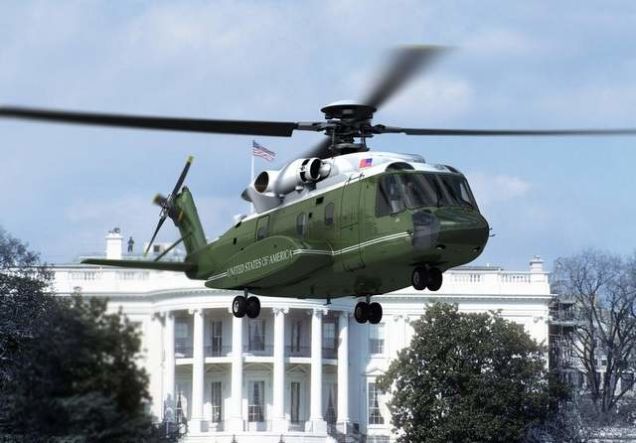
The big difference between the VH-71 debacle is that Boeing’s Air Force One recapitalization program is nowhere near the distressful state that the VH-71 program was in when Obama singled it out. In fact, there is no contract to build a replacement for the VC-25As at all. Boeing has been down-selected as the supplier, and a $170 million contract has been put forward to better define what the specially outfitted 747-8is will look like, and how much they will cost if the program moves forward as planned.
Boeing replied to Trump’s tweet with the following statement:
“We are currently under contract for $170 million to help determine the capabilities of these complex military aircraft that serve the unique requirements of the President of the United States. We look forward to working with the U.S. Air Force on subsequent phases of the program allowing us to deliver the best planes for the President at the best value for the American taxpayer.”
So even if Trump cancelled the program altogether, it would not mean any aircraft would be orphaned, or any sort of production would stop. Yet doing so would mean that—unless somehow a new model of Presidential air travel was instituted under Trump—the current fleet of VC-25s will soldier on through the next decade instead of being replaced by 2024, as suggested by the current initiative.

The problem with keeping the VC-25As flying indefinitely is that they are hideously expensive to operate. Air Force One is the most expensive aircraft in the DoD’s inventory to fly, at over $200,000 per hour—and it’s only going to get worse as the 747-200 continues to retire from airline service and support for the type dwindles. Not only that, but each President has flown more than his predecessor. This means that more will be asked of an already aging and tiny VC-25A fleet—which will eventually lead to gaps in aircraft availability.
So what are Trump’s alternatives to continuing on with the Air Force One replacement program? First, he could tell the Pentagon to plan on operating the VC-25As for a certain number of years longer than planned. In doing so, adjustments will need to be made so that the Presidential airlift mission is not constantly stalled by decreasing aircraft availability.
With this in mind, Trump could decide to fly far less than his predecessor. It would present a significant savings, but it seems unlikely, considering the guy found it necessary to have his own fleet of aircraft even as a private citizen. What’s more likely is that he’ll change the way the White House travels by utilizing smaller Boeing C-32A aircraft—more commonly known as Air Force Two when the Vice President is onboard—for domestic travel. These are 757s similar to the one Trump owns today, and although not nearly as large or lavish as the VC-25As, they already carry the President from occasionally when the Presidential jumbo jets cannot access certain airfields, or in the rare occurrence they are unavailable due to maintenance issues.

Shifting a substantial portion of the Presidential airlift mission to the USAF’s fleet of six C-32As would likely require upgrades to these aircraft—although some have gone through a substantial upgrade recently. Using these aircraft for domestic flights would mean the White House had to travel with a smaller footprint. USAF C-40s (737s) could also be used to move non-essential personnel on these missions, and commercial charters could also be tasked alongside USAF aircraft.
Under such a plan other government officials and their staffs that currently enjoy this level of air travel will have less access to C-40 and C32A aircraft than they had previously. Still, purchasing more C-40s and C-37s (Gulfstream Vs) is a far less expensive option than procuring more Presidential airlift aircraft—at least for now. Not just that, but it may be worth a look at how these aircraft are used by both civilian and military leadership—or at least taking a closer look at how their flight hours are allocated.

Another alternative available to the President is the similarly expensive-to-fly cousin of the VC-25A, the E-4B Advanced Airborne Command Post. These are America’s doomsday planes, equipped with all the goodies needed for the President to communicate and the country and its military during a time of war. Four of these aircraft exist, and the Secretary of Defense now uses the type when traveling abroad—a relatively new phenomenon. Though nowhere near as luxurious as Air Force One, these aircraft could stand in for the VC-25A during international or even domestic missions. In fact, one E-4B usually shadows Air Force One on missions abroad, flying into an airport dozens of miles away as a contingency aircraft.
Trump could also chose to attempt to restructure the new Air Force One procurement initiative, possibly opting for another aircraft type in an attempt to save on up-front and sustainment costs. The only other type that would make sense would be the 777—though going this route would invite a degree of additional risk into normal Presidential air travel.

The USAF mandates that the President’s primary aircraft have four engines. This has as much to do with redundancy against shoulder-fired surface-to-air missile strikes as it does with jet engine reliability. The 777, with its two massive turbofans, does not meet this requirement. Trump, who is accustomed to flying long distances under ETOPS rules on his twin-engined 757, could order a change of this rule.
Still, saving tens of millions of dollars on the aircraft itself is just a drop in the bucket compared to the cost of turning that aircraft into Air Force One. The Boeing 747 has been flying the President since Bush 41, so a ton of know-how exists when it comes to adapting the type to this challenging mission. All requirements being the same—aside from number of engines and square footage—switching to a smaller twin engine aircraft cost more to develop than just sticking with the 747 family in the long run.
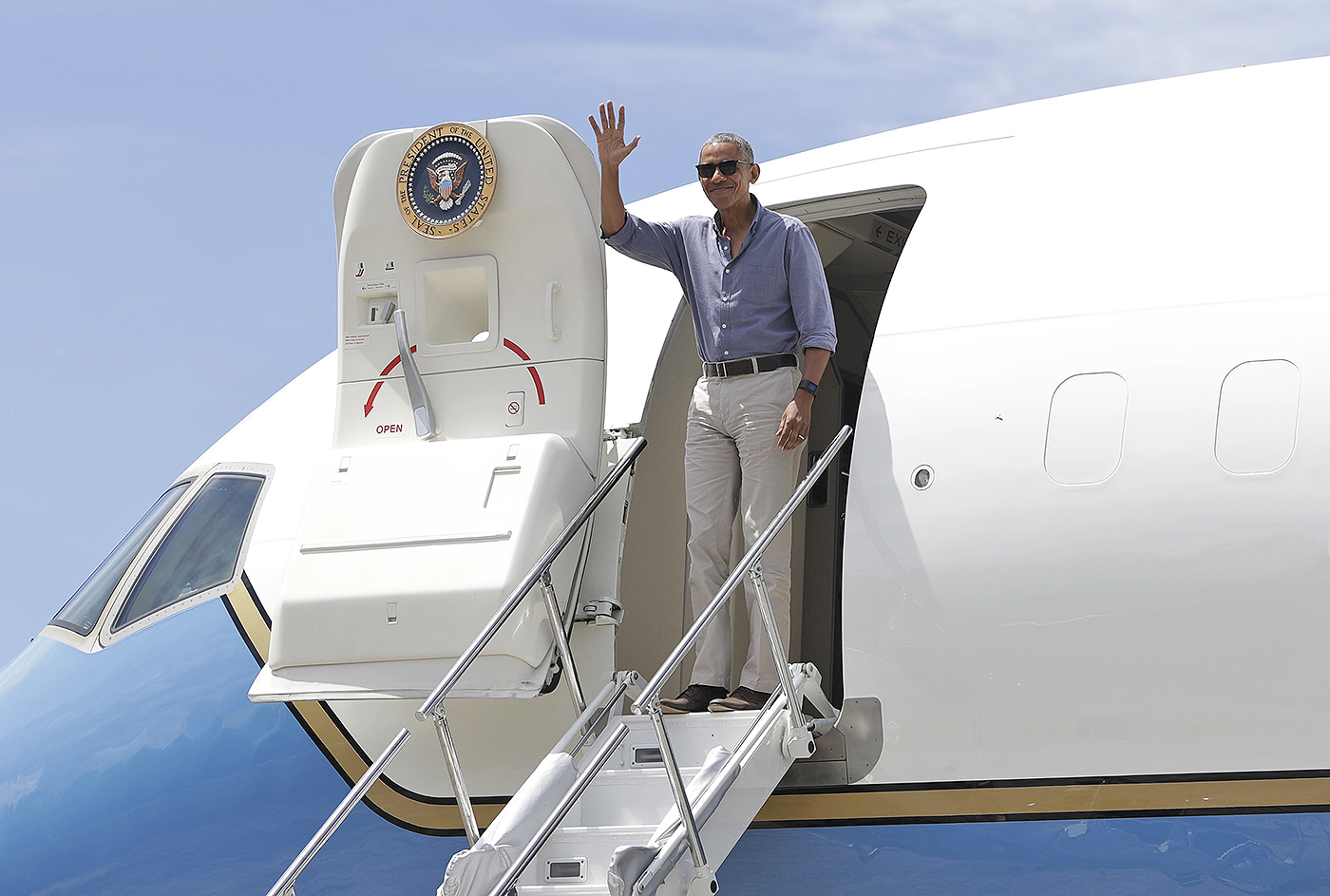
Setting Himself Up For “Yuge” Wins
Like many things Presidential, “optics” seem to have a higher priority than substance. Trump’s calling out of a program that is fairly innocuous for being wasteful or overpriced accomplishes several things. First, it’s like punching the biggest, baddest guy on the cell block to make a point. That point being: I am not to be messed with. Maybe the guy didn’t deserve the jab but too bad as he was just a conduit for delivering a strong message. And if this program upsets Trump, wait till he starts digging through the maelstrom of garbage defense programs that we talk about here at The War Zone every day.
This new Air Force One deal is nothing compared to the failed Littoral Combat Ship, or the too-big-to-fail F-35 Joint Strike Fighter—among many others. But they’re all on notice now, because the conclusion we’re coming to is the same conclusion all the head honchos of the big defense contractors were making yesterday morning as they sipped their coffee and glanced at the news.
Turmp’s tweet, just like Obama’s calling out of the VH-71 program, sets up a looming narrative—one that is pre-packaged to show leadership from the front and aimed at elevating the administration’s change-agent profile early on. Most people will tune the hell out if you start trying to explain why the Ford class carrier is an absolute boondoggle. It’s a complex story to convey. But a simple message, that the President is giving up a new Air Force One for the sake of reform and austerity—even though he would never have flown on that jet if he won reelection and spent eight years in office—sure sounds like change is afoot and a new sheriff is in town.
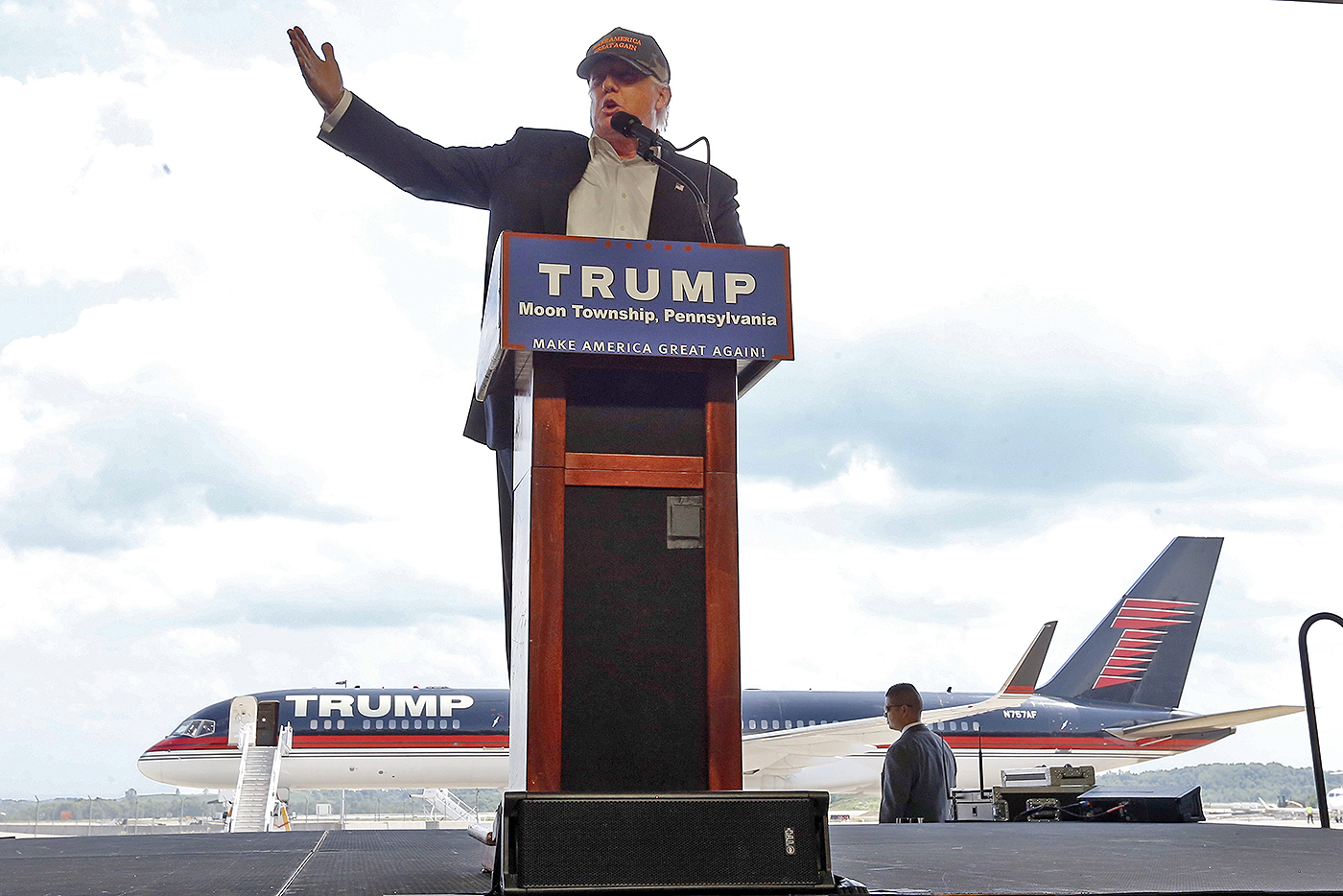
The truth is that when the President travels, regardless of the aircraft her or she is in, so do a pair of Marine One helicopters via C-17, and the Presidential motorcade via C-5 or a series of C-17s. This is for every stop, everywhere. If the Marine One helicopters being used instead of the motorcade, MV-22 Ospreys also either self-deploy to the location or get airlifted by heavy transport. On top of this, many other people associated with the White House and Secret Service fly commercial or on other government aircraft. A spare command and control aircraft, usually a C-20C, also is deployed to an airfield nearby. With all these moving parts, each leg of each mission costs many hundreds of thousands of dollars, or even millions, just in air transport costs alone.
When flying overseas, this aerial ballet turns into a flash mob, with an entire Air Force traveling alongside Air Force One. These aircraft include multiple C-5s, C-17s, MV-22s, VH-3Ds, VH-60Ns, C-20s, C-32s, C-37s and E-4Bs. Even E-6B Mercuries support these missions. Many of these aircraft are kept out of the public’s line of sight. International trips can cost many millions of dollars per-leg. So Air Force One, even with its brutally high operating costs, is just one piece in the larger—and much more costly—Presidential airlift puzzle.
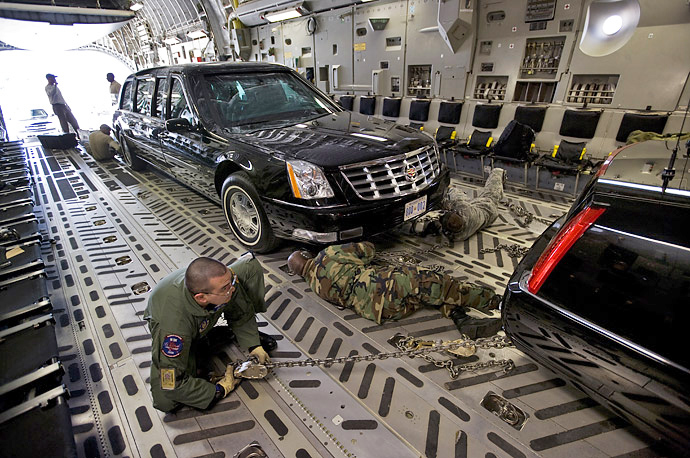
When you think of all this, and combine it with the fact that Trump has made an argument over the decades that operating older aircraft at high hourly cost is better than splurging for newer and more efficient ones, his anti-Air Force One replacement tweet make so much more sense. Consider it one part familiarity, two parts propaganda. The latter will work to prep the political battlefield of the near future with pre-packaged “wins” for the administration.
Trump could execute any of the options above; but even if it makes the best financial sense to move forward with the Air Force One replacement program as is, doing so would be a missed opportunity to show the world that Trump can do better. If we’ve learned anything it’s that Trump wants to send the message that he can squeeze a better deal out of anyone and everyone, including Boeing. So with just a little restructuring of the program here and there—and some dollars thrown Boeing’s way for other projects—Trump could potentially announce that he fixed the problem.
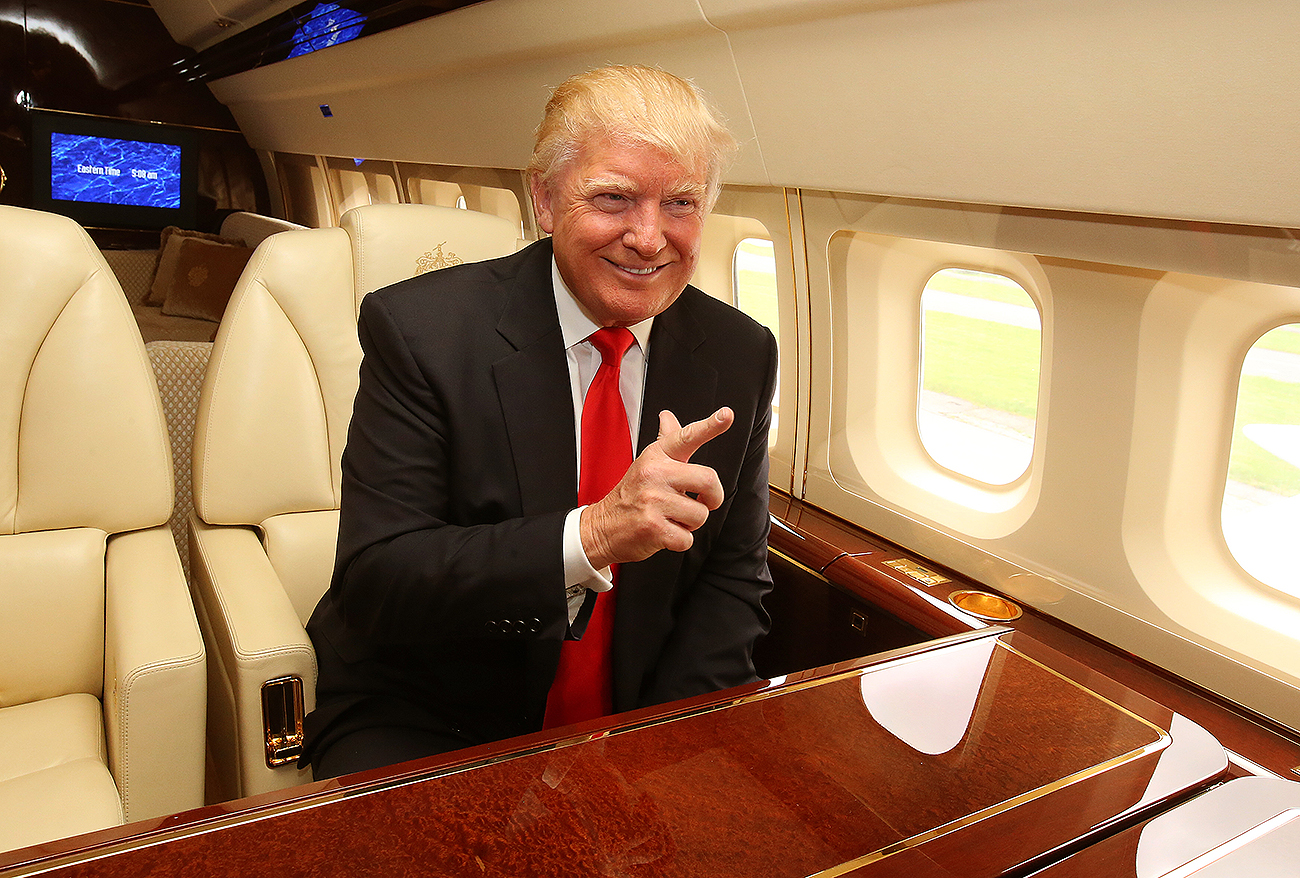
In the end, Air Force One replacement jets will get built. The VC-25As can’t fly forever and considering Boeing’s 747-8i line is at risk of being shuttered in the coming years (they are only producing six aircraft a year as it is) they probably will come to pass sooner than yesterday’s tirade would make you believe. In the meantime, these jets will act as nearly perfect political fodder for a very young Presidential administration that appears to have an unquenchable thirst for just that.
Contact the author Tyler@thedrive.com
